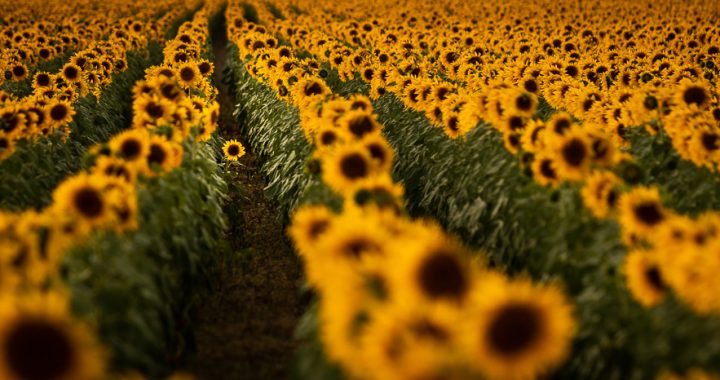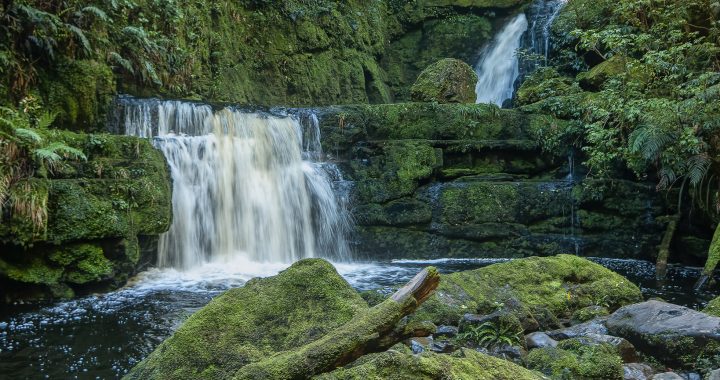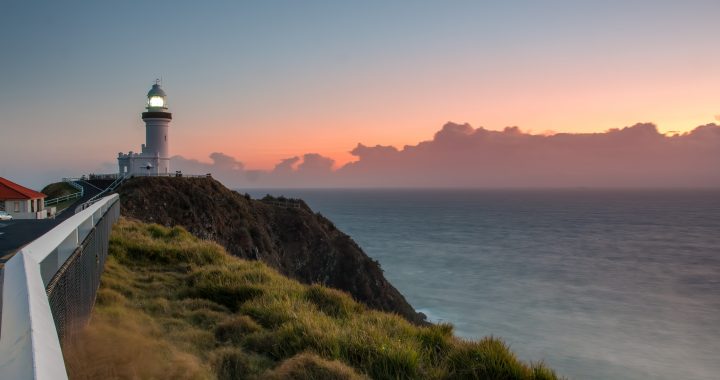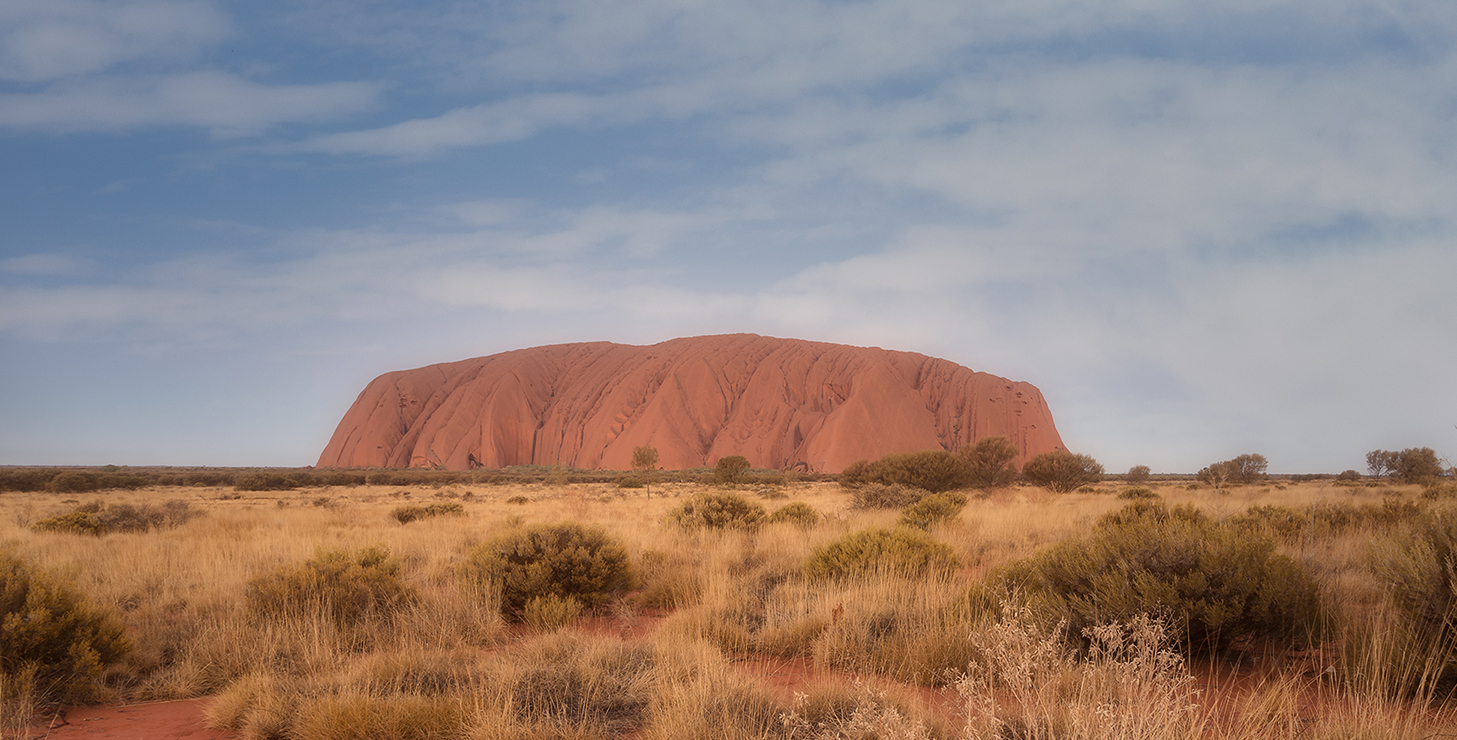Tony & Chelsea make the case that high megapixel cameras have limitations in real life. After watching this video, it seems unless you are making massive prints or a proffesional in a studio, then it is a waste of time.
Author: Vincent
-

Pic of the Day – Bright Spark in the Crowd
- Canon EOS 6D Mark II
- 1/320 sec. f/4 200 mm
Walking along the edge of the Sunflower fields yesterday I found this guy standing out from the crowd.
-
Link – Luminar 3 Libraries Tips
Jim Nix demonstrates 10 tips to help you get the most out of Luminar 3 libraries. he shares tips ranging from the file history, to file organization, working with the Trash folder, viewing file names in library view, moving presets (looks) and workspaces, ratings and more.
-
Link – Are These Photographers Cheating?
Are these photographers CHEATING? What constitutes cheating in photography? How much image manipulation is allowed before an image becomes a lie? Is anything game in these days of advanced post-production? In this video, Jamie Windsor looks at photographs that walk a line between truth and lies. Some have caused much controversy, some have been accepted as fine. What is it that really matters in photography? Are our expectations of ‘truth’ too high?
-
Link – Luminar 3 with Photo Libraries
The long-awaited update to Skylum Software‘s photo editor adds in-app photo library management, which the company says is the first step toward building out a complete Digital Asset Manager (DAM). Called ‘Luminar with Libraries’, this version more directly competes with applications that organize your photos, such as Adobe Lightroom Classic CC and Lightroom CC. Luminar 3 arrives December 18, runs on macOS and Windows, and is a free update for owners of Luminar 2018.
Read more at DPReview.com
-
Link – Why are Camera Lenses so Big and Heavy
An article explaining the physics of lens design.
https://www.howtogeek.com/393047/why-are-camera-lenses-so-big-and-heavy/
-

Pic of the Day – Waterfalls
Taken during a holiday in 2014, New Zealand South Island somewhere.
Canon EOS 40D
ISO 100, 1/15sec, f2.8, 13mm
-

Pic of the Day – Sydney from the Sky Tower
Took this from the Sky Tower at sunset. Difficult to do when the room is going around.
-
Link – Topaz Studio Masking
I have been playing around with Topaz Studio, and one of the areas which I have been learning about is masking.
Here is a link demonstrating how to use color overlay to help with more precise masking.
-

Pic of the Day – Byron Bay Lighthouse 2016
Canon 70D, 20sec, f9, 17mm
Processed using Lightroom and Topaz Studio.


